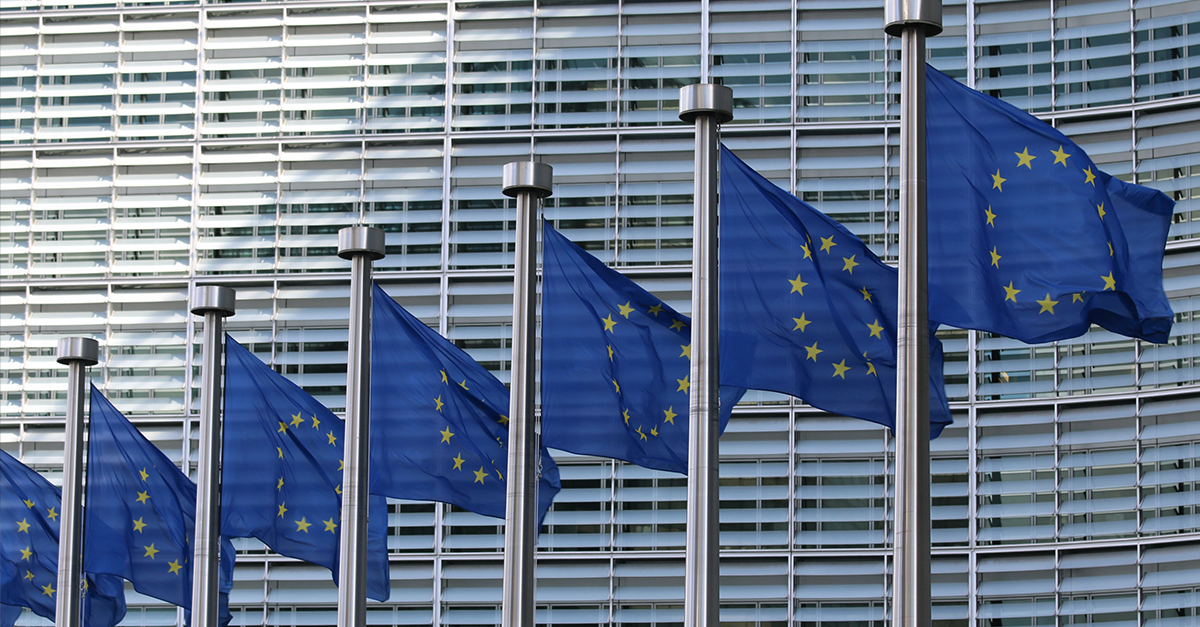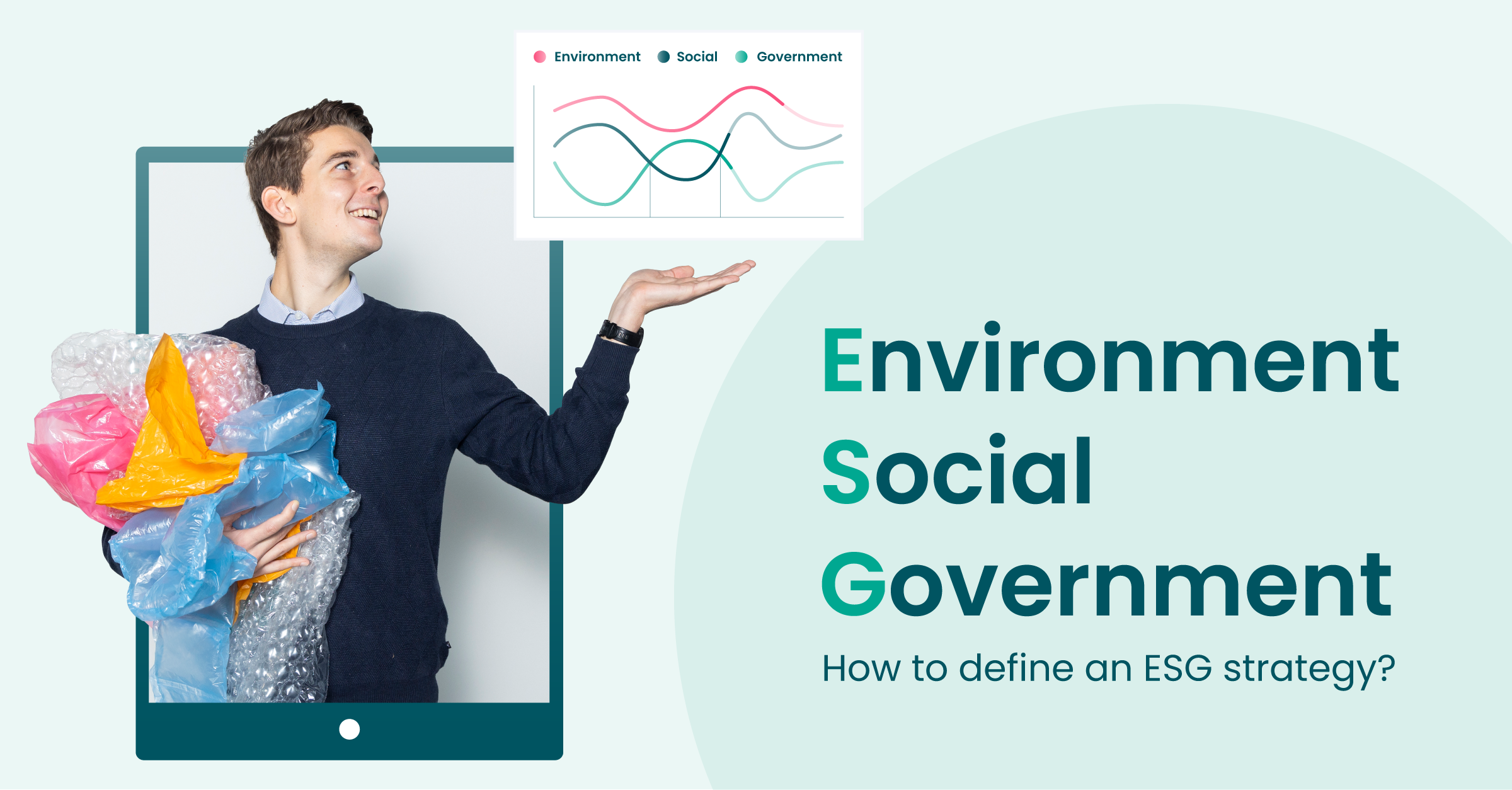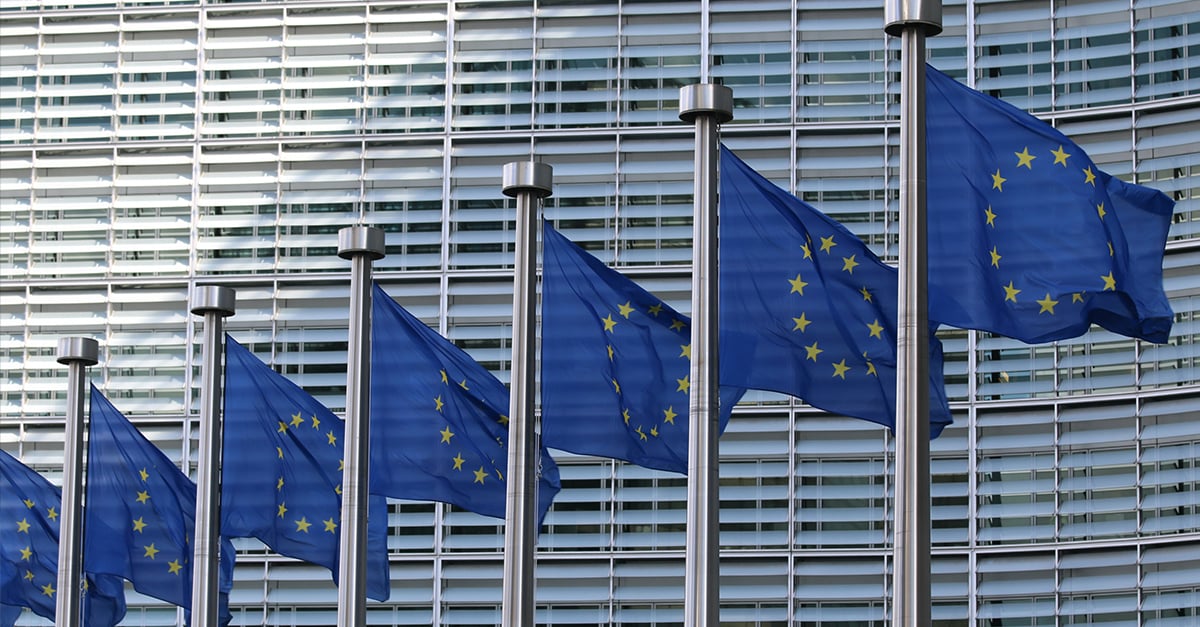All you need to know about sustainability reporting - part 2
You might have heard something or maybe a lot already about impact reporting, ESG, CSRD, GRI, GHG, and many more abbreviations and complex terminology around non-financial reporting and reducing the negative impact of a company. So what is all of this about?
In this second part of our four-part blog series, we are going to answer some of these questions for you!
What is happening in the EU?
As mentioned before, the EU is implementing various laws and regulations towards sustainability. In the context of sustainability reporting, two overarching regulatory measures are explained here:
EU Green Deal
The EU Green Deal was officially launched in December 2019. It is a comprehensive plan by the European Union to address the challenges of climate change and achieve sustainability goals across various sectors of the economy. The Green Deal aims to transform various sectors like energy, transport, agriculture, and buildings to create a greener and more sustainable future for everyone in Europe. It includes measures to transition to clean energy, promote sustainable agriculture, improve resource efficiency, and create green jobs, all with the goal of creating a healthier and more sustainable planet. The two main goals include 1) being the first climate-neutral continent by 2050, and 2) a reduction of at least 55% in net greenhouse gas emissions by 2030 (compared to 1990 levels).
EU Taxonomy
To obtain the targets that are set in the EU Green Deal, it is important that investments are directed toward sustainable projects and activities. This is where the EU Taxonomy comes into play. The EU Taxonomy is a system that helps decide if activities are environmentally sustainable. It provides clear definitions for companies, investors, and policymakers to determine if an economic activity is eco-friendly. The Taxonomy has four conditions for an activity to be sustainable and six objectives like fighting climate change and protecting biodiversity. Activities must meet these goals, avoid harm, follow safeguards, and meet the Taxonomy criteria to be considered sustainable.
Which sustainability reporting regulation should you be aware of in the EU?
The above guidelines result in several specific regulations focused on sustainability reporting. See an overview of these below.
Corporate Sustainability Reporting Directive (CSRD)
The Corporate Sustainability Reporting Directive (CSRD) came into effect on 1 January 2023, replacing the Non-Financial Reporting Directive (NFRD). The CSRD makes it mandatory for companies that fall into the scope of the CSRD to report on environmental, social, and governance (ESG) topics. To report on these topics, the European Sustainability Reporting Standards (ESRS) are being developed. These standards include, amongst others, topics on climate change, pollution, circular economy, and the company’s own workforce and business conduct. Affected companies need to perform a double materiality assessment to define which of these topics are material (important) to their company and what they need to report on. Additionally, the report should be audited by an impartial, reliable, and knowledgeable third party to provide limited assurance, and the sustainability information should be part of the management report and published online.
To whom will the CSRD apply and by when:
- 1 January 2024:E U companies that already reported under the NFRD. This includes companies that meet at least 2 of the 3 following criteria:
- ≥ 500 employees
- ≥ €40M in net turnover
- ≥ €20M in assets
- 1 January 2025: large EU companies meeting at least 2 of the following 3 criteria:
- ≥ 250 employees
- ≥ €40M in net turnover
- ≥ €20M in assets
- 1 January 2026: EU SMEs meeting at least 2 of the following 3 criteria:
- ≥ 10 employees
- ≥ €700 000 net revenue
- ≥ €350 000 in assets
- 1 Janaury 2028: non-EU companies meeting the following criteria:
- ≥ €150M in net turnover in the EU
- ≥ 1 subsidiary or branch in the EU
Sustainable Finance Disclosure Regulation (SFDR)
The Sustainable Finance Disclosure Regulation (SFDR) is a set of rules that focuses on providing clear information about sustainability in the financial sector. It started being enforced in 2021 with the goal of helping investors understand the impact of their investments on sustainability. The regulation applies to 'financial market participants’ which includes all parties in the financial market such as banks, pension funds, and asset managers (see Article 2 of the Regulation for the exact definition).
Why should care about this if you are not a financial market participant?
Even if you are not a financial market participant the SFDR can still indirectly affect you as it affects how investments are made, what stakeholders expect, and the overall trends in the market. Financial institutions and investors will pay more attention to sustainability when deciding where to invest. Customers and employees will prefer companies that show a commitment to sustainability. The SFDR is part of a bigger movement towards sustainable finance, which can influence how businesses operate, what suppliers and partners expect, and what regulations are in place. It's important to stay informed about sustainability and market trends to stay competitive and meet stakeholder needs.





